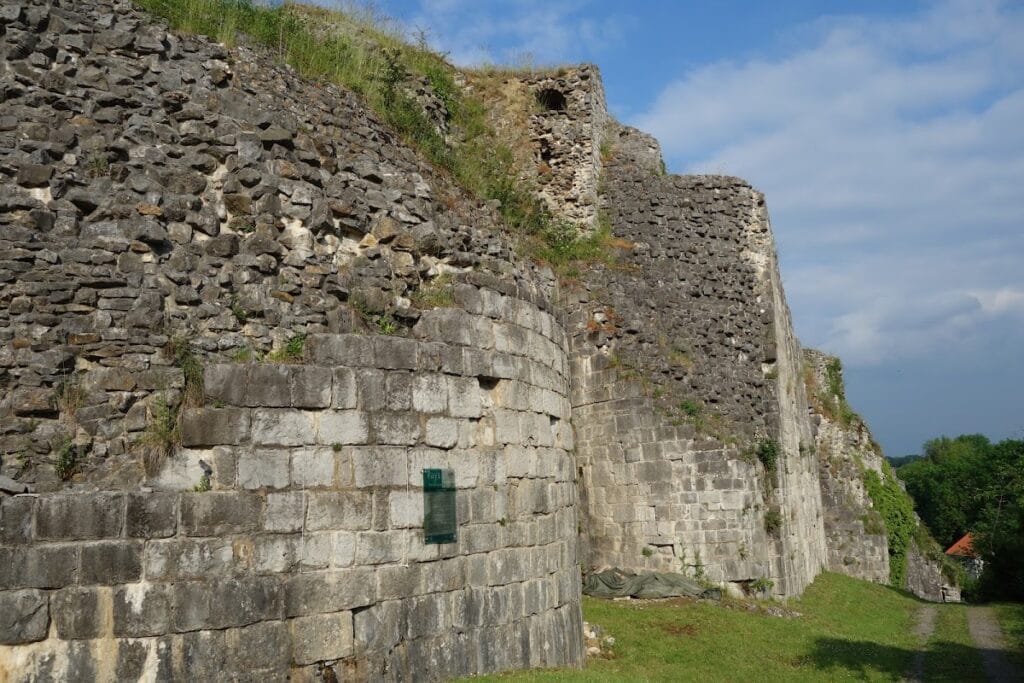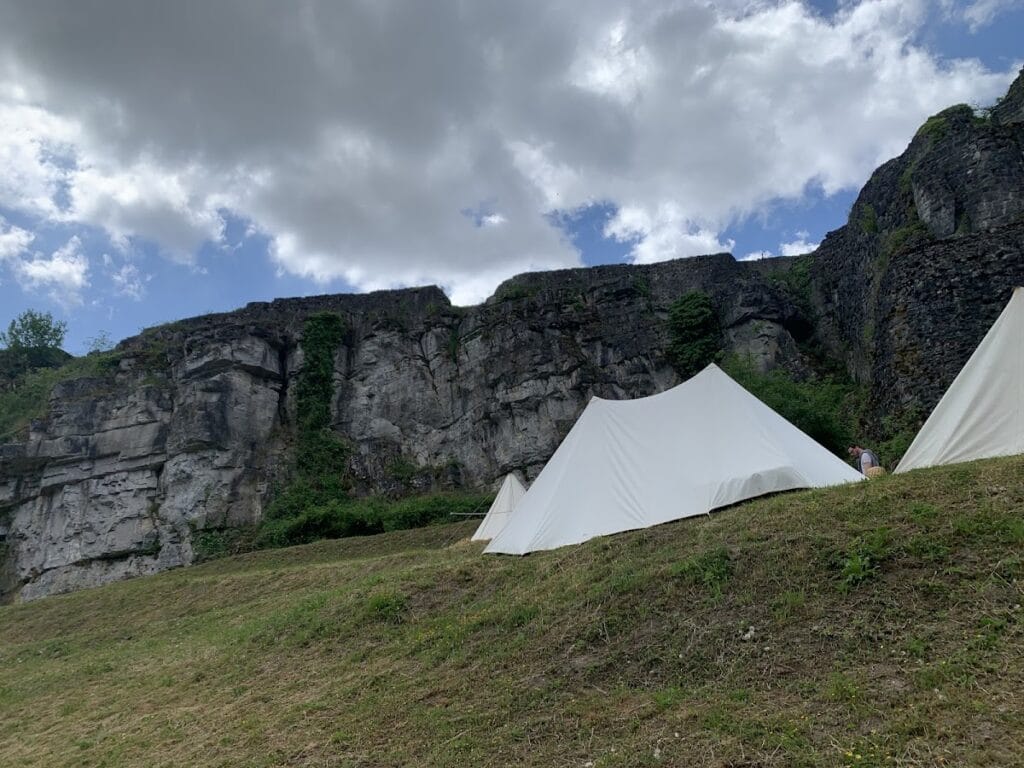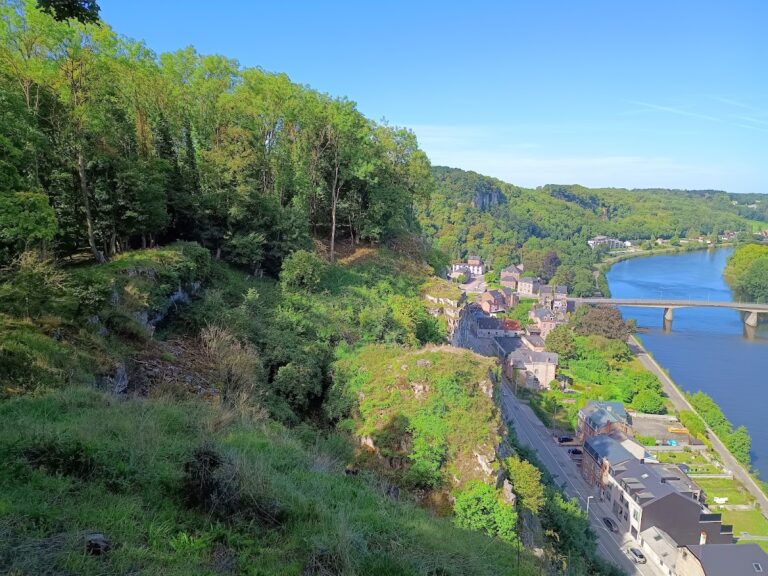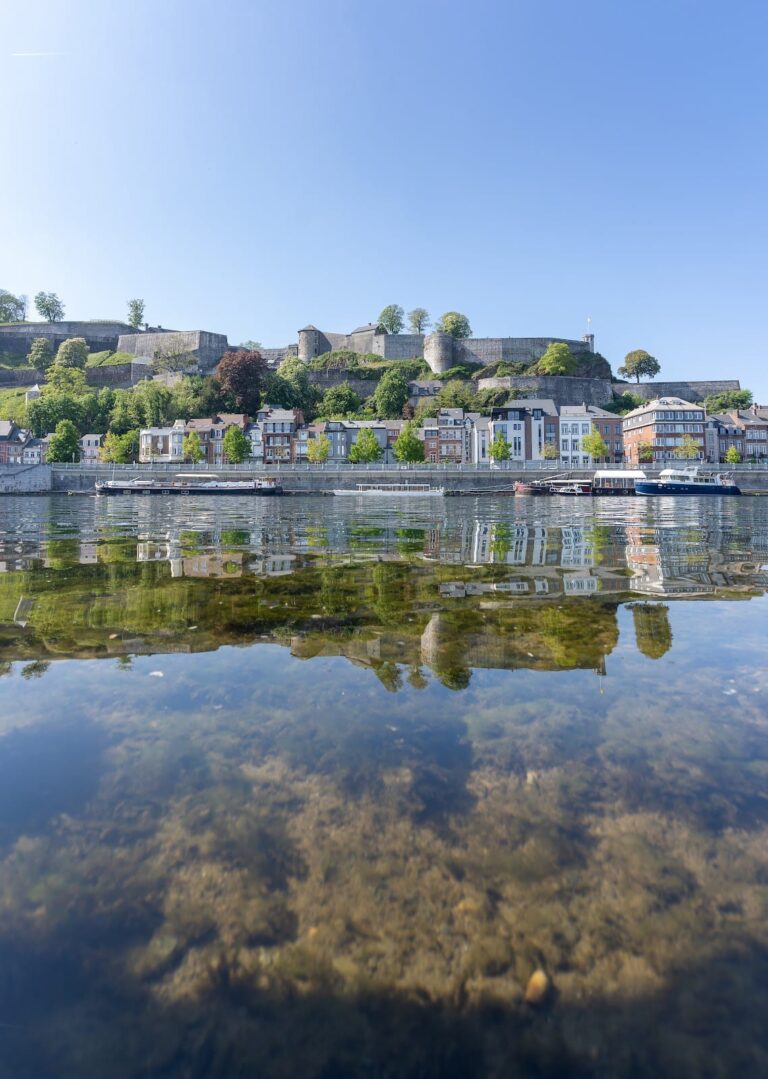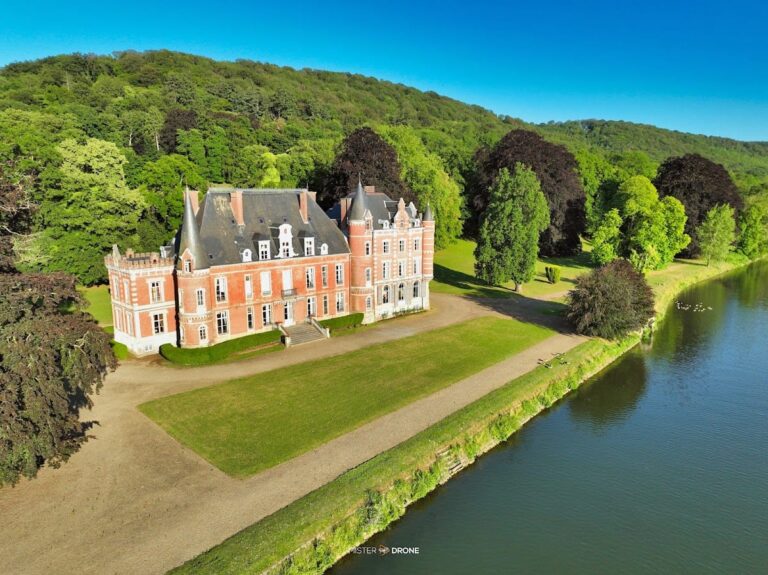Château de Moha: A Medieval Fortress in Belgium
Visitor Information
Google Rating: 4.3
Popularity: Low
Google Maps: View on Google Maps
Official Website: www.chateaumoha.be
Country: Belgium
Civilization: Unclassified
Remains: Military
History
The Château de Moha is a medieval fortress situated within the municipality of Wanze in modern Belgium. Its origins link back to a strategic position overlooking the meeting point of two rivers, constructed by medieval European powers during the turbulent early Middle Ages.
Archaeological findings have established that the site was occupied well before the medieval period, with evidence of human presence stretching back to prehistoric times. Flint tools and pottery from both the Early and Late Iron Ages indicate longstanding settlement or activity. Though remains from the Roman era are limited, traces reappear during late antiquity and into the early medieval centuries, suggesting intermittent use through these times.
The earliest medieval references connect the land, once called Abion, to a figure named Mohelin d’Albore, said to have been a companion of Charles Martel in the late 7th century. According to the chronicler Jean d’Outremeuse, Mohelin was granted this territory and constructed a fortress called Mohal. While this account is traditional, the concrete development of a fortified castle at this location most likely occurred later, around the turn of the 11th century, during the disintegration of the Carolingian Empire when localized lordships emerged.
The first documented ruler is Albert de Musal, appearing in records from the mid-11th century, bearing the title “Count of Moha.” He is followed in this role by Albert I of Dasbourg from 1067, as the Dasbourg family acquired the county through marriage. Initially, the family focused on religious donations, but from the mid-12th century, under Hugh II and then Albert II of Dasbourg, the castle became a key military site actively engaged in regional power struggles. Its strength was instrumental in feudal conflicts involving neighboring counties.
In 1204, Albert II transferred control of Moha to the Prince-Bishop of Liège, Hugues de Pierrepont, retaining life tenure and establishing rules for succession. After Albert’s death in 1212, the castle became a focal point in a succession war between the Duchy of Brabant and the Prince-Bishopric. Battles fought in 1213 and 1214 ultimately secured Moha’s place under the bishopric’s authority.
Under the governance of the Prince-Bishops, the castle was heavily fortified and served as an important defensive outpost against threats from Namur and Brabant. It provided refuge during uprisings in nearby cities like Liège and Huy and was used as a prison for notable political and criminal prisoners, with records confirming incarcerations from the early 14th century onward. A testament to its stature during this time is the consecration of Englebert de La Marck as Bishop of Liège within its walls in 1345.
In 1376, insurgents from Huy seized the castle through cunning and set fire to it, demolishing the walls and initiating its decline as a fortress. Following this episode, the ruins were left abandoned, though the feudal title associated with the site remained through the 15th and 16th centuries. The chapel within the castle continued functioning for religious purposes until it was dismantled in the early 19th century.
Stones from the decaying structures were gradually removed for local building needs until the late 19th century. Recognizing the cultural value of the ruins, the Belgian state purchased the site in 1889, initiating preservation efforts. Excavations and consolidations were carried out intermittently throughout the 20th century. Since 1992, a dedicated association named “Les Amis du Château féodal de Moha” has coordinated research and conservation, with recent archaeological work focusing on the site’s earliest construction phases and its prehistoric occupation.
Remains
The Château de Moha occupies a prominent rocky outcrop overlooking two converging rivers, a location with notable natural defenses that shaped its design. Archaeological evidence reveals that, around the late 10th or early 11th century, the site was carefully leveled and expanded by adding layers of fill to create a stable surface for construction. This work coincided with the building of the earliest stone fortifications, signaling the transition from a simple settlement to a significant stronghold.
Among the surviving features was a chapel situated within the castle complex. This chapel endured long after the fortress itself fell into ruin, remaining in use for worship until its deconstruction in 1826. Its prolonged use suggests the castle area retained spiritual importance even as its military function waned.
During its prime, the fortress formed part of a defensive network controlling the region, with walls considered extremely difficult to breach. However, after insurgents captured and burned the castle in 1376, the fortifications were intentionally destroyed, hastening its ruin. Subsequent quarrying of stone from the site for local construction further diminished the structural remains over the following centuries.
Excavations carried out from the late 19th century onward uncovered remnants of walls and foundation layers, which were stabilized to preserve what remained. These conservation activities have revealed a complex history of occupation and construction phases beneath the ruins, though much of the castle’s detailed layout remains fragmentary.
A distinctive natural feature near the site is an 18-meter-high rocky promontory located just north of the ruins. This outcrop, forming part of the castle’s defensive landscape, is today known for climbing activities. The rock offers routes of moderate difficulty, reflecting its rugged but accessible character.
Together, these archaeological and natural elements convey the château’s historical role as a fortified seat within a contested border zone, its adaptive use over centuries, and its eventual transformation from a military bastion to a ruin preserved for cultural memory.


